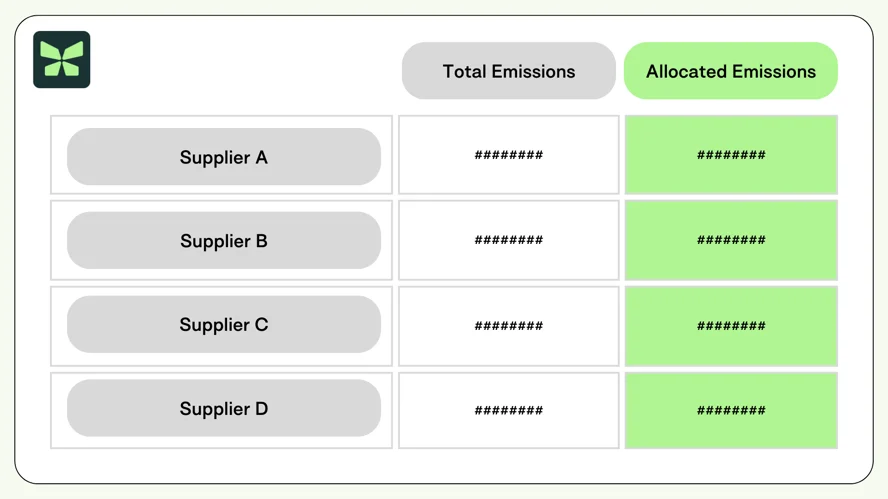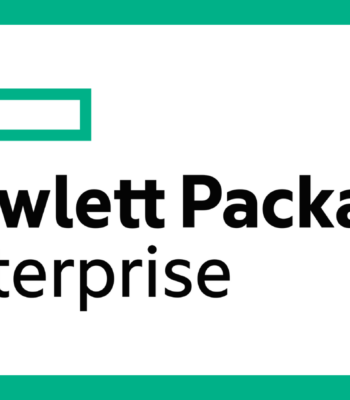The fight against climate change requires specific, accurate, granular data. And that goes for companies too—if they want to have the greatest impact, estimates will only go so far. Real emissions reductions will require a transition in supply chain emissions calculations—from spend-based to supplier-specific. It’s a monumental task—but it’s possible, one piece of data at a time.
Within scope 3 emissions, Category 1: Purchased Goods and Services (PGS) is a top contributor. The GHG Protocol defines PGS as all upstream (i.e., cradle-to-gate) emissions from products purchased or acquired by the reporting company. Companies must quantify Scope 3, category 1 greenhouse gas output to provide transparency to stakeholders, meet reporting regulations, and build a long-term reduction strategy.
Methods for how to calculate supply chain emissions exist on a spectrum from estimate-based to very specific, with the supplier-specific method being the most granular. Because it is the most precise and therefore the most actionable, a supplier-specific model should be the long-term goal of every organization that aims to reduce emissions.
Benefits of supplier-specific data for calculating scope 3 emissions
Although gathering data directly from each supplier is challenging, the resulting calculations are more:
-
Accurate
-
Actionable
-
Timely
-
Insightful
-
Auditable
Supplier-specific data provides a more precise understanding of Scope 3 emissions, requires targeted supplier engagement, and supports informed decision-making. Together, these contribute to a more activated supply chain and lower emissions.
How companies can move to supplier-specific data
Transitioning to supplier-specific data happens incrementally. Follow this guide, step-by-step, to gather, analyze, and manage supplier emissions.
-
Identify Key Suppliers
If you are already estimating scope 3 emissions using the spend-based model, you’ve got a head start on Step 1. Gather internal data from your procurement and finance teams to determine top suppliers by spend. These will likely be some of the biggest emitters. At the same time, screen high-risk category suppliers — those whose processes are more emissions-intensive — to identify your top information-gathering priorities.
-
Collect supplier data
You can gather emissions data from the targeted suppliers via:
-
Direct supplier engagement through surveys or information requests
-
Public databases and reports
-
Industry partnerships like the CDP and the Responsible Business Alliance
-
Software like Optera
Some supplier-specific information is not easily available; for example, a small company may not have a carbon accounting program. Encourage these suppliers to build their tracking processes by providing them with training, resources, and incentives for data collection.
-
Allocate emissions
The first step to allocating emissions is determining your vendor’s cradle-to-gate emissions intensity, calculated by dividing the company’s total Scope 1, 2, and Scope 3: category 1 output by its revenue.
Emissions intensity = Total emissions (Scope 1+Scope 2+Scope 3, category 1) / Revenue
For example, a company with $1 billion in revenue emitting 100k metric tons of CO2e has an emissions intensity of 0.1 metric tons of CO2e per $1,000 of revenue.
To determine how much of that output your company is responsible for, multiply your spend with that vendor by their emissions intensity. The result is your allocated emissions.
Allocated emissions = emissions intensity x spend
You obtain your total Scope 3, category 1 footprint by adding up your allocated emissions from all suppliers.

These calculations allow you to identify your largest emissions sources, target suppliers for reduction efforts, and monitor progress toward decarbonization goals.
-
Work toward more granular data
Continually improve your data gathering by seeking more granular emissions information, like carbon output by location or product line. These figures give you greater visibility into emissions hotspots and opportunities for more impactful reductions.
For example, if you buy three types of fabric from one company, you can identify which has the lowest emissions intensity. Can you adjust your product design accordingly? Understanding the impact of that decision would be nearly impossible with company-wide data alone.
As carbon accounting programs mature, more granular data will become available. Engage with your suppliers on an ongoing basis, so your data becomes more sophisticated as their climate programs mature.
The most important thing to remember is that embracing supplier-specific data is an evolutionary process marked by continuous improvement. Start with the low-hanging fruit and build from there.
Want to go more in-depth? Learn more about using supplier-specific data in our virtual workshop.
Ready to take action? Optera can help you gather supplier-specific data, calculate emissions, create reports, set targets, and make scope 3 emissions data actionable across your supply chain. Contact the Optera team to learn more.


